Today, I will talk about the review speed of academic journals. Review speed is an important criterion for selecting a journal to submit a paper when researchers face time constraints. For example, it is common that some students need to publish a paper quickly to graduate, or that a professor may want to get his research published quickly to meet requirements of a performance evaluation or just to be the first to publish some new ideas.
Before I talk about this topic in more details, it is important to know that that many aspects should be considered to select a journal for submitting a paper such as:
- the reputation of the journal in your field (a good journal will give more visibility to your work),
- metrics (e.g. impact factor?, is the journal indexed by major publication databases such as EI and SCI? ranking),
- is the topic of the journal appropriate for your paper and did that journal previously publish papers related to your topic?
- the review speed,
- the cost of publishing a paper in the journal (is it free? or is there a fee?),
- is the requirements of this journal suitable for your paper (in terms of article format, maximum number of pages, etc.).
Now, let’s talk in more details about review speed. The time required to process a paper can very greatly from one journal to another, and also in different fields. For some journals, the turnaround time will be very quick, and an author may get a first decision in just a few weeks, while in some other journals, it may take several months or even a year.
Personally, I have published more than 70 journal papers, and in some cases I have waited up to two years:

This is quite long for a paper. But it can be worse. In an extreme case, some people had their paper published after 10 years:
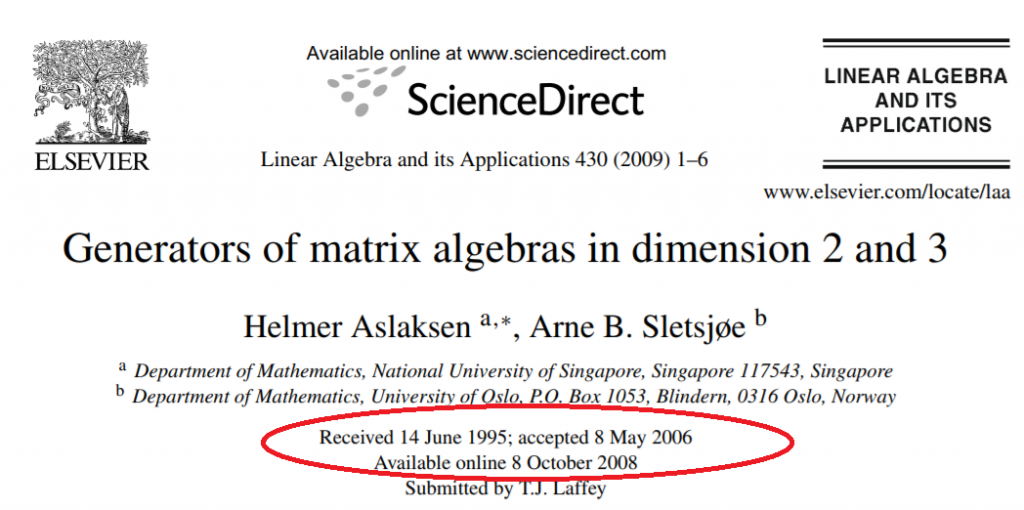
What influences the review time?
There are several factors that can influence the review time such as:
- does the editor quickly find reviewers to evaluate the paper?
- does the reviewers disagree (in that case more reviews may be needed)?
- does the reviewers are late or do not submit their reviews at all (in that case other reviewers may have to be found)?
- how much time the journal gives to reviewers (some journal may give a few months)?
- does multiple rounds of reviews are needed?
How to check the review time of a journal?
Given that review time is important, how can we know the average review time? There are several ways. First, one may contact with the editor to ask about it, or discuss with colleagues or other people who have previously published in that journal. Second, some journal will publish the average review times on their websites. This is a very useful information. For example, many Elsevier journals indicate the average review time. As example, I show below the processing times for four journals related to applied artificial intelligence, namely Knowledge-Based Systems, Information Science, Engineering Applications of Artificial Intelligence and Advanced Engineering Informatics.
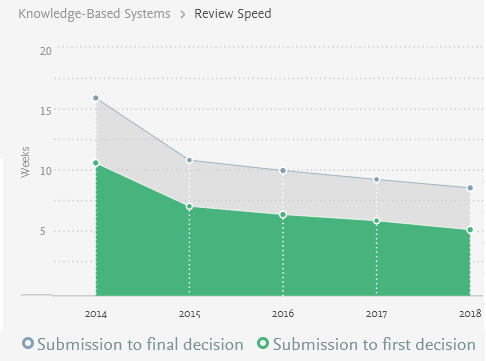
https://journalinsights.elsevier.com/journals/0950-7051/review_speed
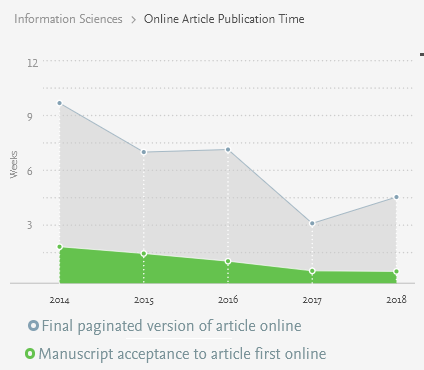
Review speed of the IS (Information Science) journal
https://journalinsights.elsevier.com/journals/0020-0255/oapt
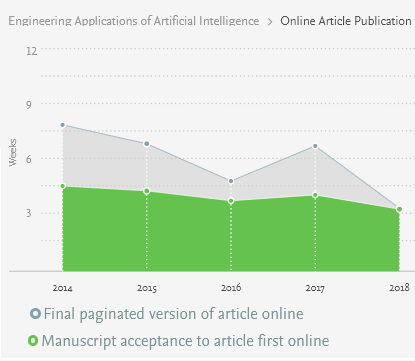
Review speed of the EAAI (Engineering Application of Artificial Intelligence) journal
https://journalinsights.elsevier.com/journals/0020-0255/oapt
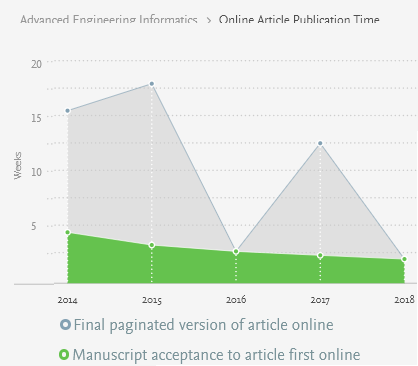
Review speed of the AEI (Advance Engineering Informatics) journal
https://journalinsights.elsevier.com/journals/1474-0346/oapt
As it can be seen above, the review time of journals can vary from one journal to another. Besides, it should be noted that those are average. It is quite possible to receive reviews more quickly if everything goes well, or more slowly, if there are some problems with the review process. In the above charts, it can be seen that Knowledge-Based Systems is slower than Advanced Engineering Informatics. But this is in my opinion understandable as KBS is perhaps a more famous journal, and may perhaps receive more papers. Generally, less famous journals may have faster processing times, but it is not always true.
Hope that this blog post has been interesting. If you have comments, questions, or would like to add something to this discussion, please post a message in the comment section below!
==
Philippe Fournier-Viger is a professor, data mining researcher and the founder of the SPMF data mining software, which includes more than 150 algorithms for pattern mining.




